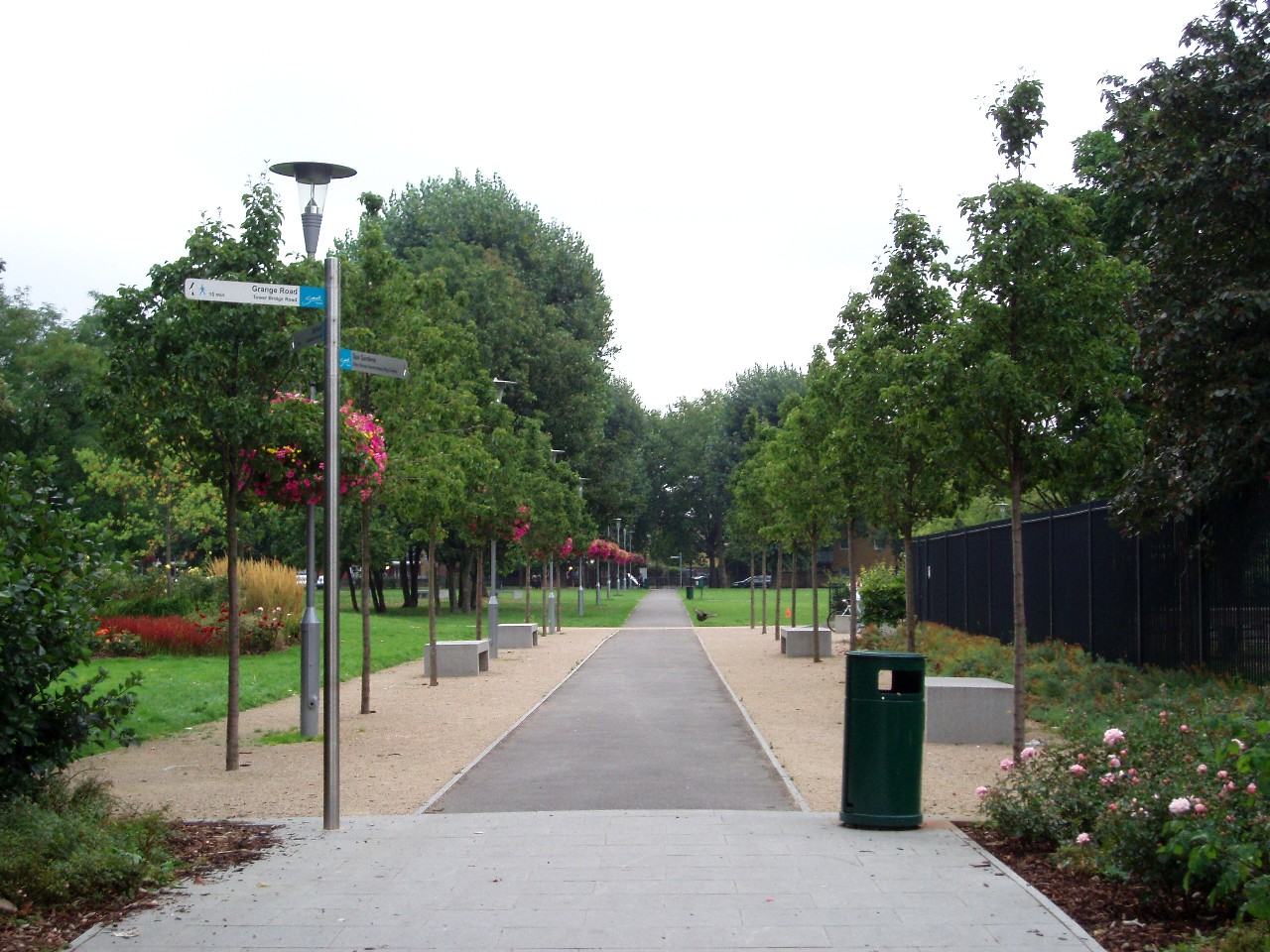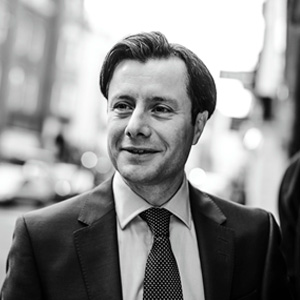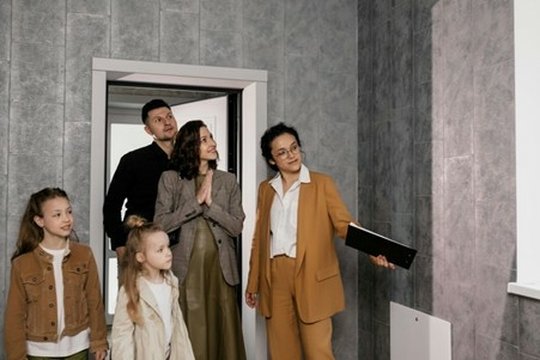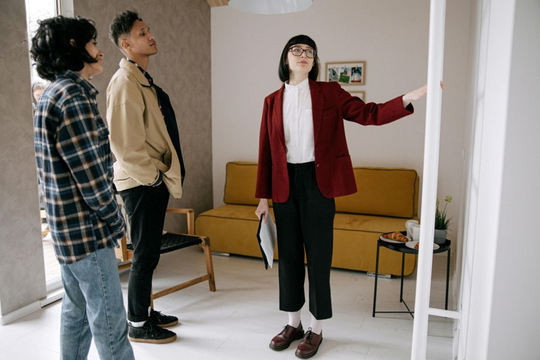Bermondsey Spa has long been regarded as a neglected area without much going for it, but back in 2000, the London Borough of Southwark announced regeneration plans that would capitalise on its prime location only a short distance from Tower Bridge. Here’s more information about what’s happened here over the last few years.
The Three Key Objectives
Southwark Council, together with several other partners, identified three main areas of focus for the regeneration project. These were:
- Improving the area
- Encouraging the development of the community
- Making the most of public assets
The overall masterplan was developed by Levitt Bernstein, an architectural firm with a long history of working on derelict and disused parts of Central London. The plans identified 15 sites in Bermondsey Spa that would benefit from regeneration; which included:
- Three blocks of flats originally built in the 1950s. These were demolished, and in their place, a variety of new buildings were planned for construction, such as affordable housing, commercial space, public venues and community facilities.
- The re-establishment of the original network of streets, which included creating a new pedestrian path from Tower Bridge to St James’ Church, and linking Bermondsey Spa to the new underground station.
- Two buildings to the south of the railway, which will be part of the overall plan to transform the space into a more vibrant, better-connected area.
- The redevelopment of the existing Bolonachi and Porter Building.
It’s thought that the work will deliver over 2,000 new homes to Bermondsey Spa when completed.
Strategic Placement
When designing the masterplans, Levitt Bernstein paid special attention to the existing skyline, identifying how the new buildings would work within it. The taller constructions will be located near the railway lines (thus obscuring them from street view) and near Jamaica Road, while the buildings situated closer to the church will be far shorter, to ensure that the view of the iconic steeple is as uninterrupted as possible.
Additionally, the buildings near the church feature more horizontal design features, to allow the vertical thrust of the steeple to take centre-stage aesthetically.
Integrating Newcomers with the Existing Community
Although the area is in the process of being completely transformed, considerable effort has been made to ensure that the residents of Bermondsey Spa don’t feel that their heritage or previous way of life has been lost.
As part of the regeneration focus, several affordable homes have been built; a net increase on what was available previously. The project has also boosted the local economy, opening up more opportunities for businesses to establish themselves in this central location. This includes many food and drink producers, who have been associated with the area for decades.
To date, there are now over 15,000 people living in Bermondsey Spa, and as such, the cultural and entertainment scene has also flourished; with plenty of restaurants, shops and markets for locals to enjoy.
“What is most pleasing,” comments Tim Thompson, Principal Project Surveyor, “is the obvious ownership of the area now by those who live and work in it. The whole atmosphere has been transformed into a place where people actually want to be.”




